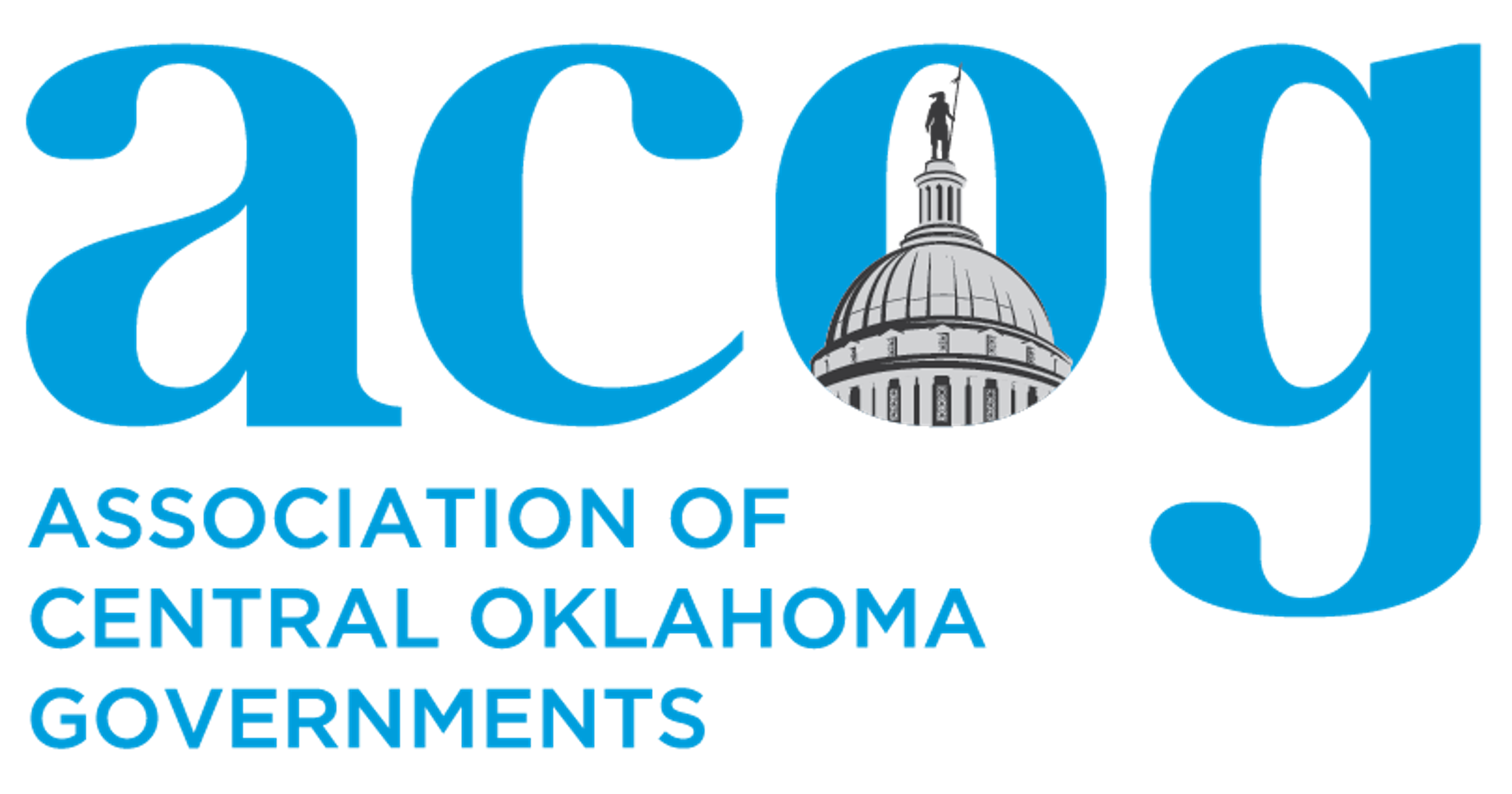The Cost of Nonattainment Study for the Oklahoma City Area explores the potential economic and transportation impacts of an Environmental Protection Agency (EPA) Ozone Nonattainment designation and prepares the region for the regulatory and economic costs associated with a Nonattainment designation.
WHAT IS
NONATTAINMENT?
Areas that violate the Ozone Standards can be designated as a Nonattainment area by the Environmental Protection Agency (EPA). In recent years, ground-level ozone concentrations in and around the Oklahoma City area have been high enough to risk receiving a Nonattainment status. This designation comes with significant new regulatory requirements that could cost the Oklahoma City area billions of dollars in economic and transportation projects.
Economic Costs
Receiving a Nonattainment designation could bring an added regulatory burden when recruiting new businesses and industries to Central Oklahoma.
Transportation Costs
Going into Nonattainment would slow down Central Oklahoma transportation projects with new red tape and establish involuntary emissions reduction requirements.
CMAQ Funding
If designated in Nonattainment, our region could receive additional Congestion Mitigation & Air Quality (CMAQ) Funding through the Federal Highway Administration (FHWA).
Making an Impact Across Central Oklahoma
Due to the near violation of the Ozone Standard in recent years throughout the Oklahoma City area, the Association of Central Oklahoma Governments (ACOG) initiated the Cost of Nonattainment Study to assist its local stakeholders a better understanding of the regulatory and economic risks associated with a Nonattainment Designation from the EPA. This study shows that a violation of federal air quality standards and ensuing federal regulatory requirements could cost the Oklahoma City – Shawnee Combined Statistical Area as much as $9.6 – $15.2 billion over a 20-30 year period.
Estimated Cost to Oklahoma Transportation System
The CNA Study estimates that a Nonattainment Designation could potentially cost the ACOG Metropolitan Planning Organization (MPO) and the Oklahoma Department of Transportation (ODOT) millions of dollars for routine conformity analysis and project delays.
$389 Million
to
$666 Million
What Does A Nonattainment Status Mean for Central Oklahoma?
The Clean Air Act requires that EPA designate areas as “Nonattainment” if they are violating the Ozone Standards. While these regulatory requirements provide a public benefit as they reduce or control air pollution levels, they also come with a cost to the community’s economy and its competitive ability in attracting new industries. For example, a business evaluating where to build a new manufacturing facility may rule out a nonattainment area due to the added regulatory requirements.
Ozone Impacts Public Health &
Public Welfare
Ozone impacts Public Health and Public Welfare. Voluntary reduction of emissions provides direct public health and economic benefits to Central Oklahoma communities.
CNA Study Stakeholders
These proactive Oklahoma businesses and organizations provided the financial match to develop the CNA Study.
- City of Oklahoma City
- Environmental Federation of Oklahoma
- Greater Oklahoma City Chamber of Commerce
- Oklahoma Department of Commerce
- Oklahoma Department of Transportation
- Oklahoma Gas & Electric Company
- ONE Gas
- Sierra Club – Oklahoma Chapter
- Tinker Air Force Base
The Importance of the Cost of Nonattainment Study
“Keeping Central Oklahoma in attainment is key for ODOT to deliver needed transportation projects and is absolutely critical to the success of current and future mobility improvements in the Oklahoma City metro area. ODOT was very proud to partner with ACOG to produce this study, which will help guide our transportation planning and air quality goals as we continue to work with local government stakeholders.”
“The Oklahoma Department of Commerce supports all efforts to ensure Oklahoma’s communities are business ready. We appreciate the efforts of ACOG and our other partners to examine how air quality can be a critical factor in our ability to recruit businesses to our state. We look forward to supporting future strategies that help maintain and improve every Oklahoman’s quality of life.”




